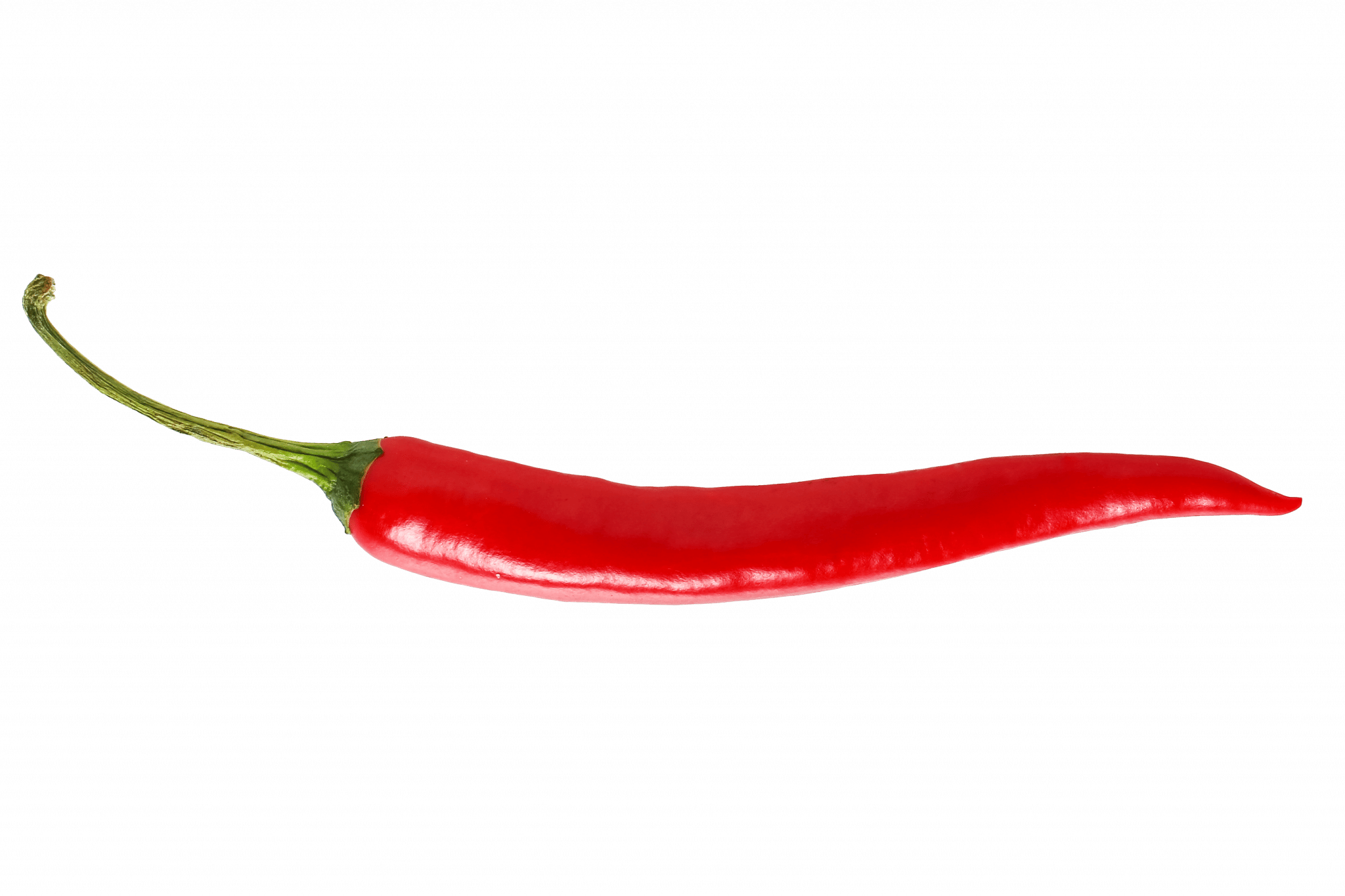Chili Pepper’s Health Benefits and its Essential Role in Thai Cuisine
In the symphony of global flavors, Thai cuisine stands out as a captivating melody of vibrant tastes and aromatic delights. A key ingredient in this culinary masterpiece is the chili pepper, an essential ingredient that has changed Thai cuisine forever. Along with tantalizing the taste buds, the chili pepper is a treasure trove of health benefits that solidify its place as a pillar in Thai cuisine.
The chili pepper, a nutritional powerhouse, is abundant in essential nutrients that bolster our overall health and well-being. Its abundance of vitamins C, A, and B6 plays a crucial role in fortifying the immune system, supporting healthy vision, and aiding in cognitive function. The vibrant red hue of chili peppers signifies their potent antioxidant content, including carotenoids and flavonoids, which act as valiant defenders against free radicals, lowering the risk of chronic diseases. The chili pepper is also thought to stimulate digestion and circulation, as well as reduce inflammation. Additionally, the chili pepper is packed with antioxidants that protect against free radicals. Free radicals are unstable molecules that can cause inflammation and damage cells, leading to chronic diseases. The antioxidants in chili peppers help to neutralize free radicals, thus preventing them from causing harm. The chili pepper also contains capsaicin, which is believed to possess analgesic and anti-inflammatory properties. Capsaicin may also reduce the risk of certain cancers.
Capsaicin — a Compound with Remarkable Properties
Capsaicin, the compound responsible for the chili pepper’s fiery heat, holds a remarkable range of properties. It enhances metabolism, contributing to weight management by promoting fat oxidation. Additionally, capsaicin possesses analgesic properties, offering pain relief when used in topical applications. This multifaceted compound further elevates the chili pepper’s reputation as a culinary gem with remarkable health benefits.
A Journey Across Continents
Chili peppers, native to the Americas, embarked on a transformative journey during the Columbian Exchange, a period of global interchange that reshaped the culinary landscapes of continents. Portuguese traders are credited with introducing chili peppers to Southeast Asia in the 16th century, and these fiery ingredients quickly found favor in the region’s tropical climate.
In Thailand, the chili pepper’s arrival sparked a culinary revolution. Thai farmers, recognizing the chili pepper’s versatility and ability to enhance flavors, cultivated a diverse range of chili pepper varieties. These distinct varieties contributed to the rich tapestry of flavors that characterize Thai cuisine. Chili peppers are now used in a wide range of dishes, from soups and curries to stir-fries and salads. They have also become a key ingredient in signature dishes such as pad thai and tom yum soup. The chili pepper’s ability to balance and elevate other ingredients solidified its place as a cherished culinary gem.
Chili Pepper’s Transformative Role in Thai Cuisine
The chili pepper’s presence is woven into the very fabric of Thai cuisine. From the iconic Tom Yum soup, where lemongrass, kaffir lime leaves, and Thai herbs dance harmoniously with the chili pepper’s fiery touch. To the world-famous Pad Thai, where stir-fried rice noodles, eggs, and peanuts unite with the chili pepper’s fiery embrace, the chili pepper is an indispensable element. Thai curries, such as the Green Curry, Red Curry, and Panang Curry, epitomize the chili pepper’s ability to transform dishes with its tantalizing heat, achieved through carefully curated combinations of chili pepper varieties.
Thai cuisine is famous for its unique blend of flavors that are known to food lovers worldwide. One of the key ingredients that Thai cuisine is renowned for is the chili pepper. The chili pepper is an integral part of Thai culinary traditions and is used in an array of dishes to add a touch of flavor and spice, but also nourishing your body with essential nutrients and health benefits.

Regional Variations
Chili pepper influence extends across Thailand’s diverse regions, each with unique preferences and varieties. In the Northern region, milder and slightly smoky chili peppers prevail, such as the prik kee noo (bird’s eye chili) and the prik chee fa (sky pointing chili). These varieties impart subtle heat and earthy flavor to cuisine.
The Northeast, known as Isan, showcases the infamous phrik khi nu (mouse-dropping chili), renowned for its intense spiciness. This fiery chili pepper is a key ingredient in Isan’s signature dishes, such as som tam (green papaya salad) and laab (spicy minced meat salad).
The Southern region, with its proximity to the coast, embraces spicier chili pepper varieties, such as the phrik haeng (dried chili) and the phrik yuak (large green chili). These varieties add a fiery punch to the region’s seafood-based dishes and coconut milk-infused curries. Thus, the Southern region’s cuisine is a delightful combination of fiery and aromatic flavors.
A Culinary Trend
The allure of Thai cuisine, with its fiery signature, transcends borders, captivating palates worldwide and inspiring global culinary trends. Thai cuisine is known for its balance of flavors, its use of fresh herbs and spices, and its emphasis on presentation. The addition of chili peppers in Thai dishes not only adds a fiery kick but also enhances the overall flavor profile by imparting a subtle heat and depth of flavor. Whether it’s the mild heat of bird’s eye chili or the intense spiciness of Thai bird chili, chili peppers play a crucial role in creating the distinct and addictive taste of Thai cuisine.
Health-Conscious Trend
The growing health-conscious trend has heightened interest in Thai cuisine’s use of fresh ingredients, including chili pepper. Diners seek flavors that align with their wellness goals, and Thai cuisine’s emphasis on natural ingredients resonates with this pursuit. Moreover, chili pepper’s potential health benefits have further fueled the interest in Thai cuisine. Capsaicin, the active component in chili peppers, increases metabolism and improves cardiovascular health.
Chili peppers have transformed Thai cuisine into a culinary masterpiece, captivating taste buds with its vibrant flavors, but also enriching lives with remarkable health benefits.
